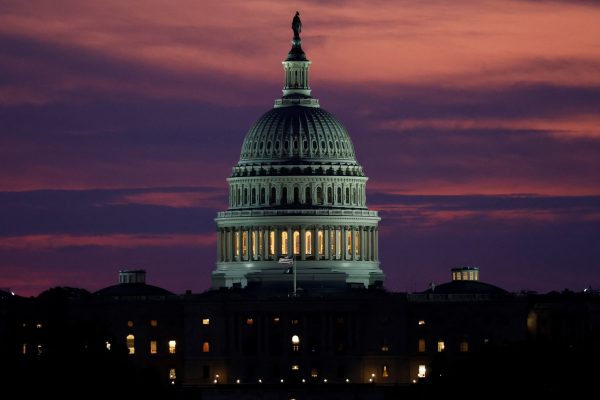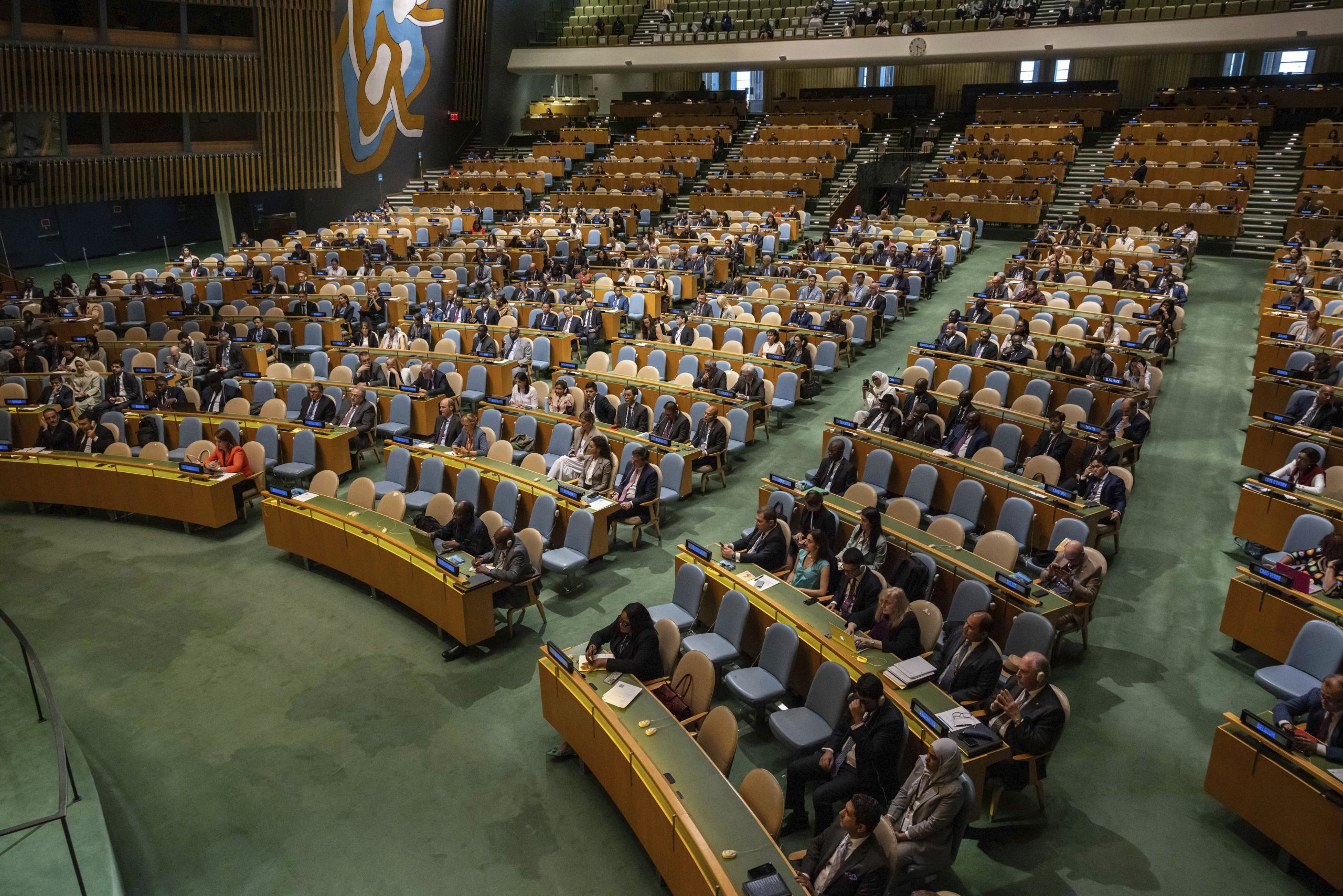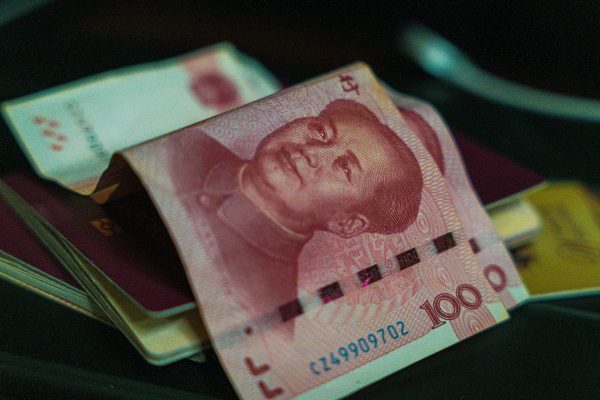Zelenskyy’s Warning and the China Climate Pledge: Global Flashpoints 2025

Zelenskyy Warning China Climate Pledge 2025 — Global Flashpoints | The Rubicon
Meta Description
Zelenskyy’s warning and the China climate pledge at the 2025 UN General Assembly highlight global flashpoints shaping geopolitics and markets.
Zelenskyy’s Warning and the China Climate Pledge: Global Flashpoints 2025
At the 2025 UN General Assembly, Zelenskyy’s warning and the China climate pledge shaped the debate. His call for stronger security guarantees and Beijing’s green promise revealed fault lines in the international system. Together, these flashpoints confirm patterns in our Scenario Outlook (2025–2026).
Zelenskyy’s Warning and Security Flashpoints in 2025
President Volodymyr Zelenskyy warned that hesitation on security guarantees would embolden aggressors. His message was clear: delay weakens deterrence.
This warning resonated in Europe, where NATO credibility is already under strain. It also echoed across Asia, where states weigh their own defense choices. Therefore, Zelenskyy’s words reached far beyond Ukraine.
This connects directly to our Defense & Tech Autonomy hypothesis. Europe is already re-arming, and Zelenskyy’s speech adds urgency to that trend.
China’s Climate Pledge as Geopolitical Strategy
In contrast, Beijing used the same stage to announce new climate targets. On the surface, this was environmental leadership. In practice, it was also geopolitical signaling.
- Soft power: China presented itself as a stabilizer while the United States faces division.
- Energy transition: The pledge supports China’s push for dominance in renewables, aligning with our Electrification & Energy Transition hypothesis.
- Multipolar balancing: Beijing softened its image in climate policy, yet remained assertive elsewhere.
As a result, the China climate pledge worked on multiple levels—both technical and strategic.
Global Flashpoints in 2025
The UNGA highlighted risks across several regions.
- In the Middle East, conflicts continue to draw in outside powers.
- In the South China Sea, naval maneuvers increase the risk of miscalculation.
- On currency and trade, we see movement toward RMB Rise & Green Yuan trade.
- In commodities, gold serves as a defensive asset, reinforcing our Monetary Hedging thesis.
Altogether, these trends point toward the Cold War 2.0 scenario, where trade, technology, and security split into rival blocs.
Implications for Geopolitics and Markets
For policymakers and investors, Zelenskyy’s warning and the China climate pledge are more than symbolic. They highlight volatility that will shape defense budgets, resource security, and commodity markets.
Defense companies, resource exporters, and renewable energy firms may all gain. Meanwhile, gold continues to hedge against political risk. Ultimately, these signals tie back to our Core Investment Hypotheses and show how short-term headlines link to long-term positioning.
You may also like

US Shutdown – an Engineered Constitutional Crisis?

United Nations General Assembly 2025 and a Shifting World Order

Leave a Reply